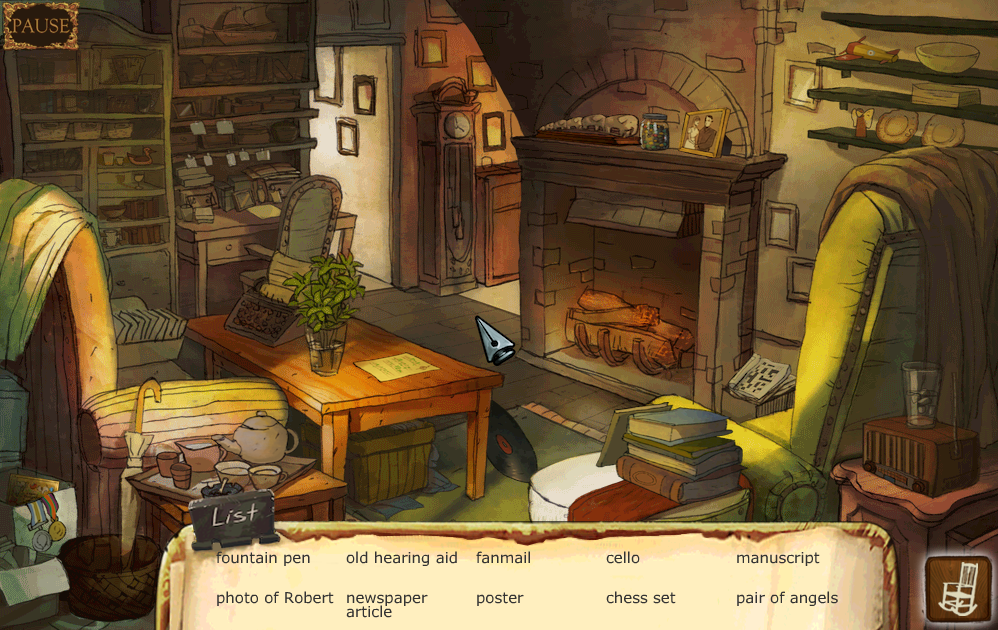Putting Pen to Paper (Part 1)
This post is a continuation of Richard Gould’s reflections on his work as a sound designer for The Last Symphony.
So with a musical direction laid out and implementation planned, the writing began. My process began with an initial sketch of what (in my mind) was a whole movement from the fictional 9th Symphony, which is key to the narrative. The player takes the role of a museum curator who is tasked with visiting the residence of a recently deceased composer to uncover the mystery behind the 9th Symphony, which had an uncharacteristic change in style that left the musical world perplexed!
 So from my initial sketch, I took sections from it and developed them before setting them to full orchestra. I did this for ten separate sections (one for each of the main story threads within the game). Conceptually, each piece is an excerpt from a larger movement from the 9th Symphony. The music is thematic with identifying melodic and harmonic ideas for the key characters in the story.
So from my initial sketch, I took sections from it and developed them before setting them to full orchestra. I did this for ten separate sections (one for each of the main story threads within the game). Conceptually, each piece is an excerpt from a larger movement from the 9th Symphony. The music is thematic with identifying melodic and harmonic ideas for the key characters in the story.
With the soundtrack download, a document is included that goes further into these thematic ideas and how they work within the music.
Mid-way through development, the music mechanics changed dramatically (for the betterment of the gameplay experience). I had been composing with an end implementation concept in mind and there was the potential that a change at this point in the development might cause a few headaches. Thankfully, whilst the changes were significant, my process for creating the music was easily adapted to serve the new implementation concept.
The original concept had involved having musical layers enter during the hidden object stage as objects were collected. This was shifted to a new screen where the objects you find are placed into a truck. That wasn’t so much the issue. The obstacle came when it was decided that instead of just one story to uncover per round, there would be the two possible stories to uncover. This meant that the player might at times hear two separate pieces of music at once, which would probably be jarring! But in this way, we discovered that it served as a hint that the items may not be well paired, so we ran with it.
So the end mechanic we settled on required that each piece loop and consist of four separate layers. Looping was a necessity because of the strict memory budgets we all had to adhere to (more on that later). The challenge with writing music that loops is to make it feel like the music is going somewhere, only for it to return seamlessly to where it began.
The layers had to be designed to provide noticeable musical changes when each successive layer entered. Were it not to do this, it wouldn’t give the player an indication as to their progress. Some of the layers relate to specific aspects of the story or even specific objects that you are tasked with finding, for instance, one layer contains scale patterns on the piano which references the past piano lessons of one of the Carmine siblings.
Check back next week for part 2 of “Putting Pen to Paper”…


